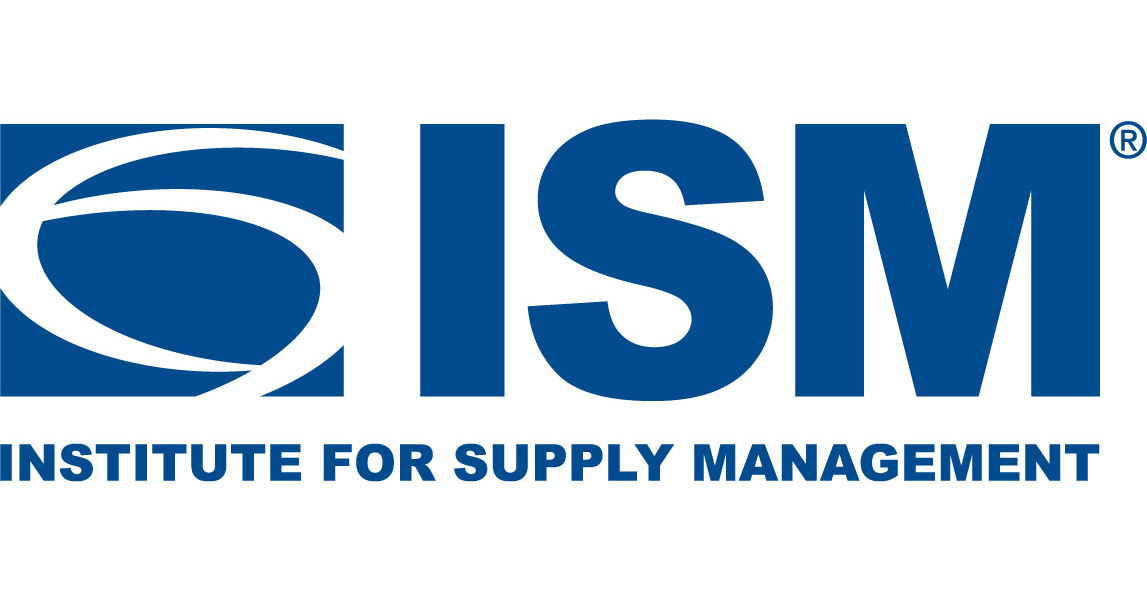Orders for long-lasting goods in the US rose in July for the third consecutive month, indicating a potential stabilization of the struggling industrial side of the economy, if the fluctuations caused by Boeing orders are excluded.
China's manufacturing activity contracted for a fifth consecutive month in August, putting pressure on officials to provide support to boost economic growth amid weak domestic and international demand.
U.S. manufacturing activity rose in August, but the sector remains in contraction territory according to the Institute for Supply Management, suggesting that a sustained recovery is unlikely amid a weakening global economy.
China's exports are expected to contract at a slower pace in August, with a projected fall of 9.2%, as manufacturers continue to face pressure due to weak overseas demand and a shrinking labor market.
U.S. manufactured goods orders experienced a significant 2.1% decline in July, the first drop in four months, due in part to higher interest rates impacting business equipment spending.
U.S. manufacturers reported a decline in business activity for the 10th consecutive month in August, but the declines are becoming less widespread, suggesting that the trough in the cycle may be approaching.
U.S. business activity remains sluggish in September, with the services sector hovering at its slowest pace since February and new order activity hitting its lowest level of the year, according to a survey by S&P Global, which also indicated that job growth and consumer spending have held steady despite concerns over interest rate hikes and inflation.
The US services sector is approaching contraction, with a decline in the S&P Global Flash US Services Business Activity Index, reaching an eight-month low in September, reflecting concerns about demand conditions in the economy following interest rate hikes and elevated inflation.
U.S. manufacturing showed signs of recovery in September, with the manufacturing purchasing managers' index (PMI) increasing to 49.0, the highest reading since November 2022, and new orders and factory employment improving, according to a survey by the Institute for Supply Management (ISM). However, the PMI remained below 50 for the 11th straight month, indicating contraction in manufacturing.
South Korea's factory activity contracted for the 15th consecutive month in September, but at the slowest pace in 15 months, indicating hopeful signs for economic recovery.
Hiring by U.S. companies slowed more than expected in September, reflecting a cooling labor market due to higher interest rates, with the worst month for job creation since January 2021.
The US manufacturing sector's potential growth after 11 months of contraction may lead to an increase in diesel demand, which could raise trucking and logistics costs and raise concerns about inflation.
American firms are increasingly bringing manufacturing operations back to the US, with mentions of nearshoring and reshoring growing by 216% year over year since 2022; this trend has been accelerated by the trade war with China and the pandemic's disruption to the global supply chain, leading to a boom in construction and manufacturing projects in the US.
The trend of moving manufacturing back or closer to the US, known as nearshoring, reshoring, or onshoring, has been growing significantly since the start of 2022, with mentions of these terms by American firms increasing by 216% year over year; this trend has been fueled by factors including the trade war with China, the pandemic's impact on global supply chains, advances in automation, and rising freight costs.
German industrial output contracted for the fourth consecutive month in August, falling by 0.2%, indicating ongoing pressure on the sector and raising concerns of a recession, as analysts predict further decline in the coming months due to high interest rates and falling demand.
German industrial output contracted for the fourth consecutive month in August, raising fears of a recession in the sector, as falling demand and high interest rates continue to put pressure on the economy.
US factory production increased more than expected in September, despite strikes in the automobile industry, indicating that the economy ended the third quarter with momentum.
Production at U.S. factories increased more than expected in September, suggesting strong momentum for the economy despite strikes in the automobile industry curbing motor vehicle output.
Business activity in Germany contracted for a fourth straight month in October, indicating a recession is well underway, as both the manufacturing and services sectors experienced a decline, according to a preliminary survey.
Orders for durable goods jumped 4.7% in September, largely due to new contracts for Boeing airplanes, while overall business investment rose strongly, signaling a possible rebound in the manufacturing sector and business equipment spending in the last quarter of 2023.
